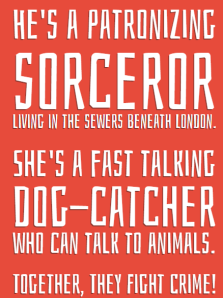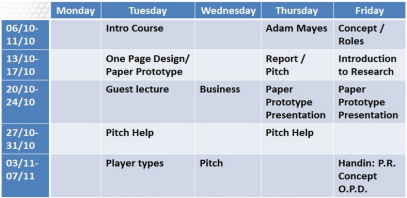Almost a month A reasonable amount of time has passed after the previous post. Here is some update about what happened during that time.
Swedish communication course:
* compose a scientific article about a topic related to your studies (in Swedish)
I decided not to oversimplify things and composed a text that could really qualify for something that (at least in form) is close to a scientific article. You know one with formulae [sic!], citations in square brackets [ ] and a reference/bibliography list at the end. And all that done in LaTeX, of course. What do I know, they asked for a scientific article …
Uppsala university, as is expected from one of the leading universities in Sweden, provides access to many of world’s most reputed scientific journals via its database prenumerations. These resources are a great asset for writing scientific material.
Intro to Game Analysis and Design:
* concept challenge: aimed at producing certain game design documents. One of the documents is a Sales Document; it should include descriptions of the game’s high concept, target audience, key features description, how the narrative supports the game and how the features designed meet the expectations of the target audience. The other document is a Development Diary.
We did not get to choose the setting of the game but instead had to use either of the two proposed systems for random narrative generation: (1) together they fight crime (2) Rory’s story cubes. I chose (1). Here’s the random output I chose for my game:
I may post the documents I produced for this assignment later, if the feedback from the teacher is not too appalling.
This concludes the part of the course that Adam Mayes was overseeing. Afterwards (beginning from the second week of October), Marcus Ingvarsson took over lecturing.
This second part of the course is structured as follows:
M. Ingvarsson gives lectures on various topics related to processes in game development as well as a general overview about the game development industry. During these 5 weeks, the whole class is divided into teams of five, who work to produce various game design documents. The 5-week period concludes with presenting the material produced for each team’s game: paper prototype, pitch, one-page design document, concept document, personal response on the project.
The requirements for the games are that they be 2D, gravity-independent, PC-based (keyboard/mouse controls), prodcution time below 10 weeks, no network required, single-player. In addition, each team got two words that should somehow be included in the game setting. My team got the words underground and suburbia.
Programming course starts Nov 10.


